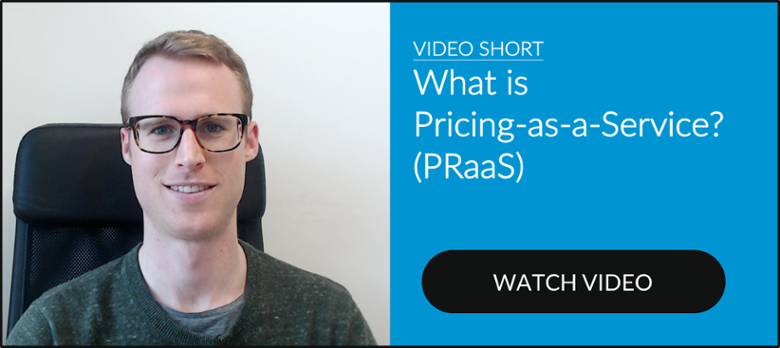
We are all in business to solve problems, add value and make a profit and one of the most important tasks involves pricing your product or service. What's a relatively easy way to effectively price your product or service to increase sales and make more money with little or no effort?
The answer is to use psychological pricing. Psychological pricing is a pricing/marketing strategy based on the theory that certain prices have a bigger psychological impact on consumers than others.
Below are five psychological pricing strategies you could adopt.
The Power of "9"
This
How is this technique effective? It all boils down to how the brain converts numerical values. In 2005, Thomas and Morwitz conducted research they called "the left-digit effect in price cognition."
They explained
In an experiment conducted by the University of Chicago and MIT, women's clothing was used to test the left-digit effect. First, prices were set for $34, $39 and $44. To the amazement of the researchers, the items sold best at $39 even though that price was more expensive than other options.
So, the message here is, if you want to increase purchases of your products and services, convert zero ending numbers to
Keith Coulter, associate professor of marketing at the Graduate School of Management, Clark University, has suggested that this effect may be further enhanced when the cents/pence are printed in a smaller font. If the £ or $ sign is tiny, or even non-existent, this also enhances the charm offensive.
'Prestige' Pricing Strategy
Do you have a premium product to sell? Prestige pricing is the complete opposite of charm pricing. Prestige pricing involves making all numerical values into rounded figures, i.e., £99.99 is converted to £100.
Why? Well, according to Kuangjie Zhang and Monica Wadhwa in a 2015 study, rounded numbers (e.g., £100) are more fluently processed and encourage reliance on consumers' feelings, compared to non-rounded numbers (e.g., £99.99), which are less fluently processed, and encourage reliance on cognition.
This means that rounded numbers "feel right" because the purchase is being driven by feelings and the price is processed quickly.
Zhang and Wadhwa realised that consumers were more inclined to buy a bottle of champagne when it was priced at $40.00, rather than $39.72 or $40.28.
'BOGOF' or Buy One, Get One Free
This is a pricing strategy in which customers pay the full price for one product or service to get another for free.
The psychological strategy at work here is, quite simply, greed. Once a customer comes across the offer, logic flies out the window and the main focus is making a purchase to get the free item.
Because this technique has been widely adopted and consumers are not so quick to take the bait, you could stir things up a bit by offering one of the following:
- Buy one and get 25 percent off your next purchase.
- Purchase one and get three bonuses valued at £30, for free.
- Buy one, get two for free.
In order to fully maximise this strategy, get creative with discount offers.
Comparative Pricing: placing expensive items next to standard ones
Perhaps the most effective psychological pricing strategy. This simply involves offering two similar products simultaneously but making one product's price much more attractive than the other.
This is a psychological game of choice for the customer, who has to choose between two products that are similar but have different prices.
This strategy works well with fashion brands: e.g. jackets placed side by side with similar qualities but different prices, to make customers pick the more expensive one.
"Reassuringly expensive" is a term used by sales representatives to refer to a high level of quality and overall excellence in a product, as in it wasn’t made on the cheap.
Visually Highlight the Different Prices
When you offer a sale with a previous price side by side with a new one, you make more sales because customers feel they are getting a bargain and are not interested in researching the drop in price.
To make the new pricing strategy work effectively, use the psychological trick of changing the font, size and colour of the new price. According to 2005 research by Keith and Robin Coulter, these strategies trigger a fluency effect and consumers interpret the visual difference to a larger numeral distinction.
According to that research, simply changing the font, size and colour of the signage for the current sale price and placing it a little bit away from the previous pricing will increase the number of purchases, because customers see the new price as cheaper and a better deal than the previous price.
Try some psychological pricing strategies
So, how about giving these psychological pricing strategies a try, remembering to split-test different ones on different pages and products to determine what works best for your business.
Related Posts
12 psychological pricing techniques
Sock it to them with psychological pricing!



